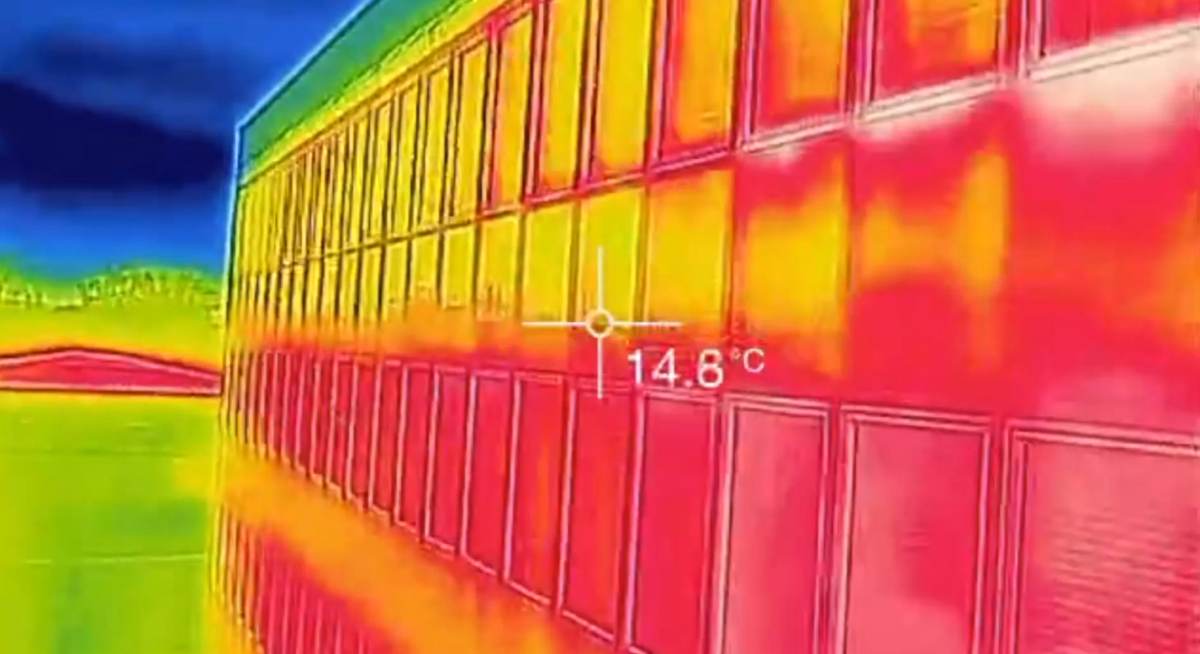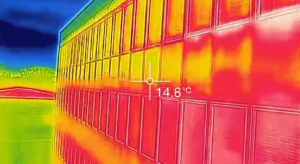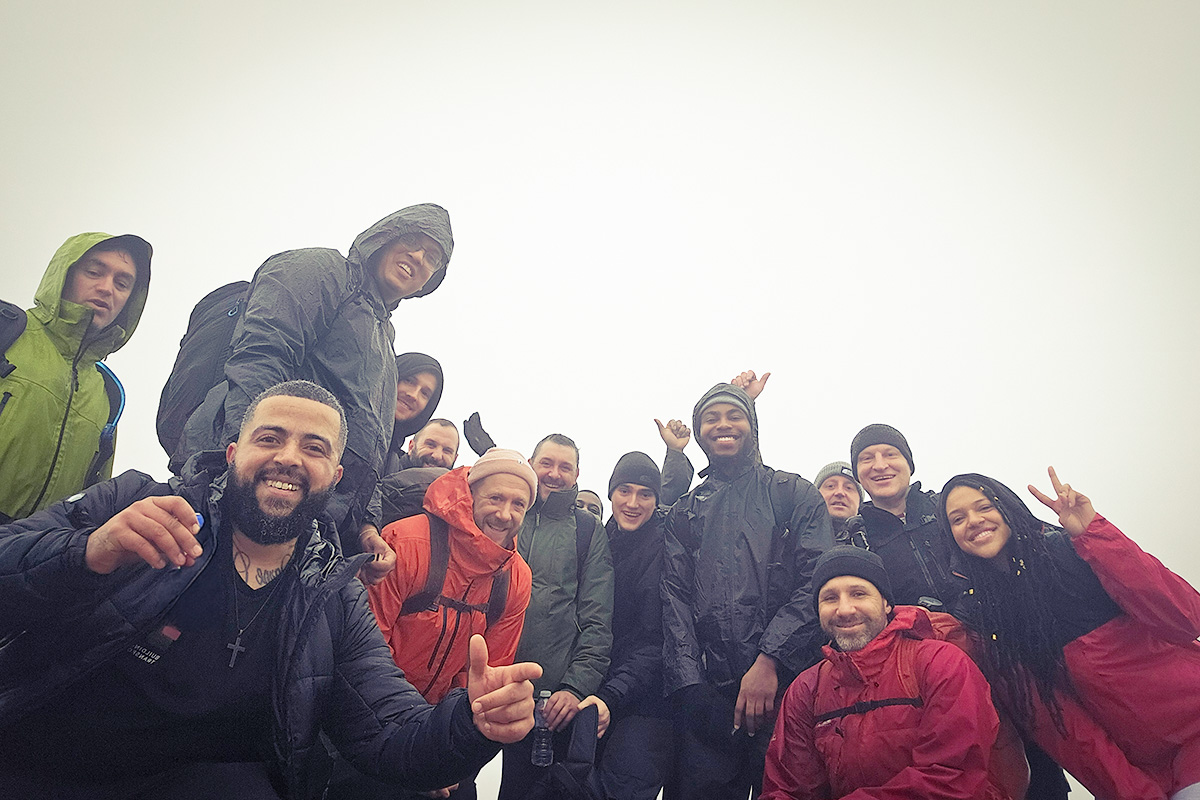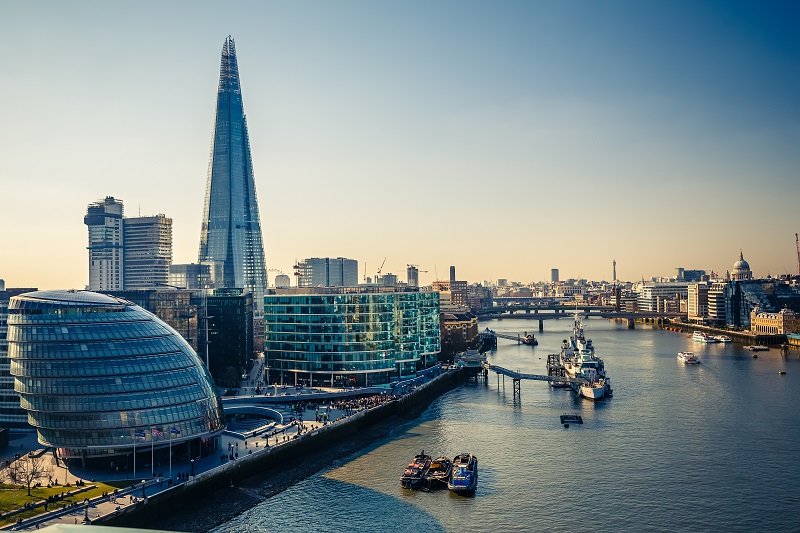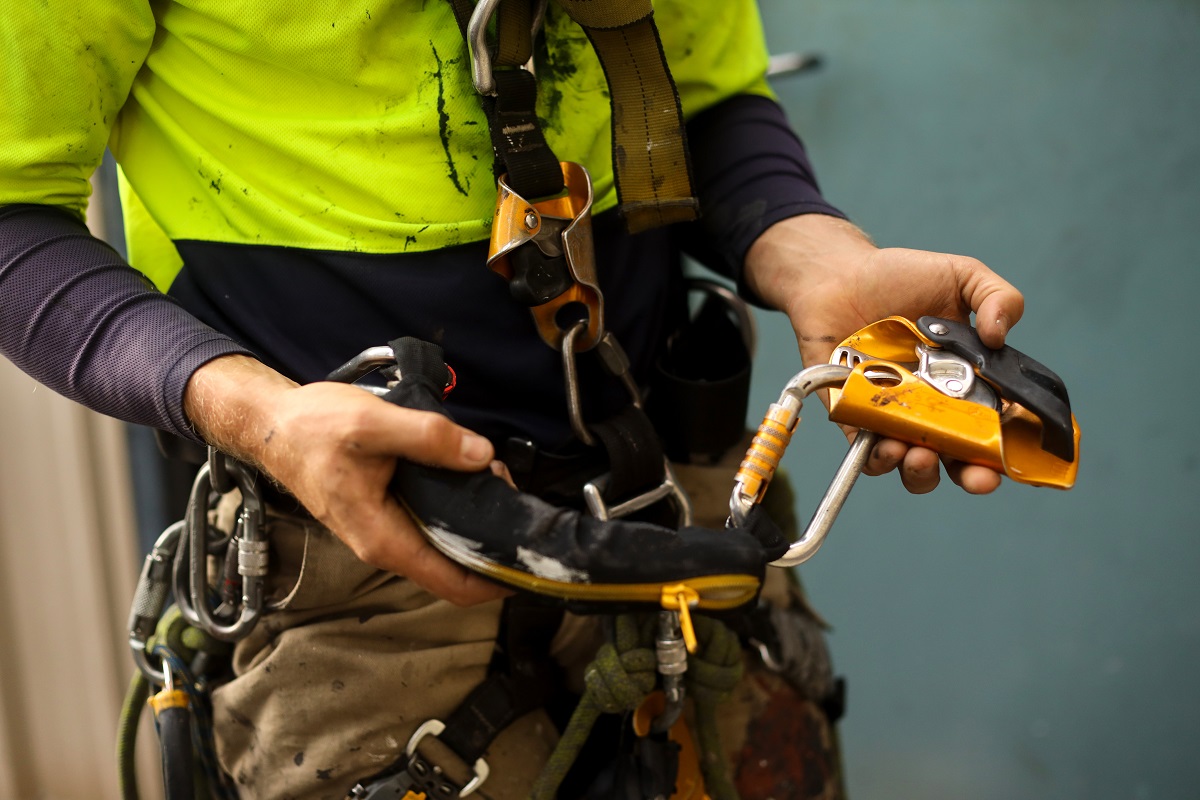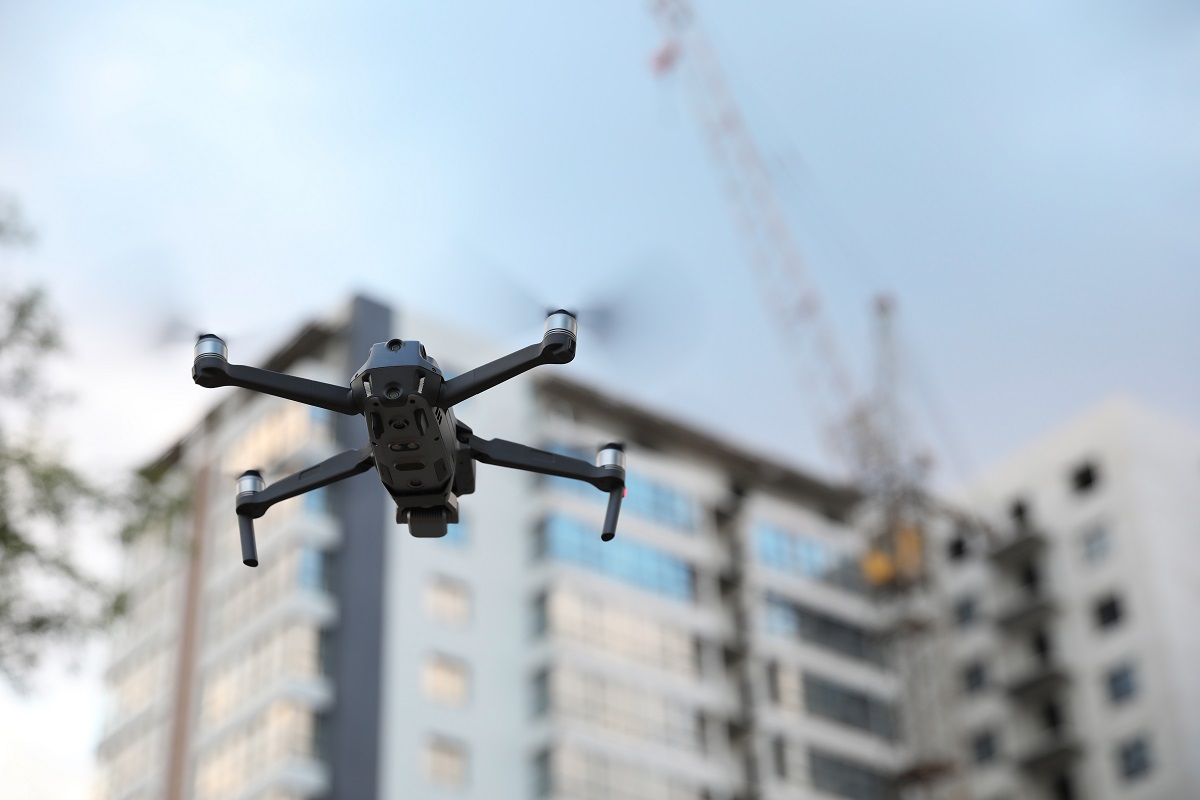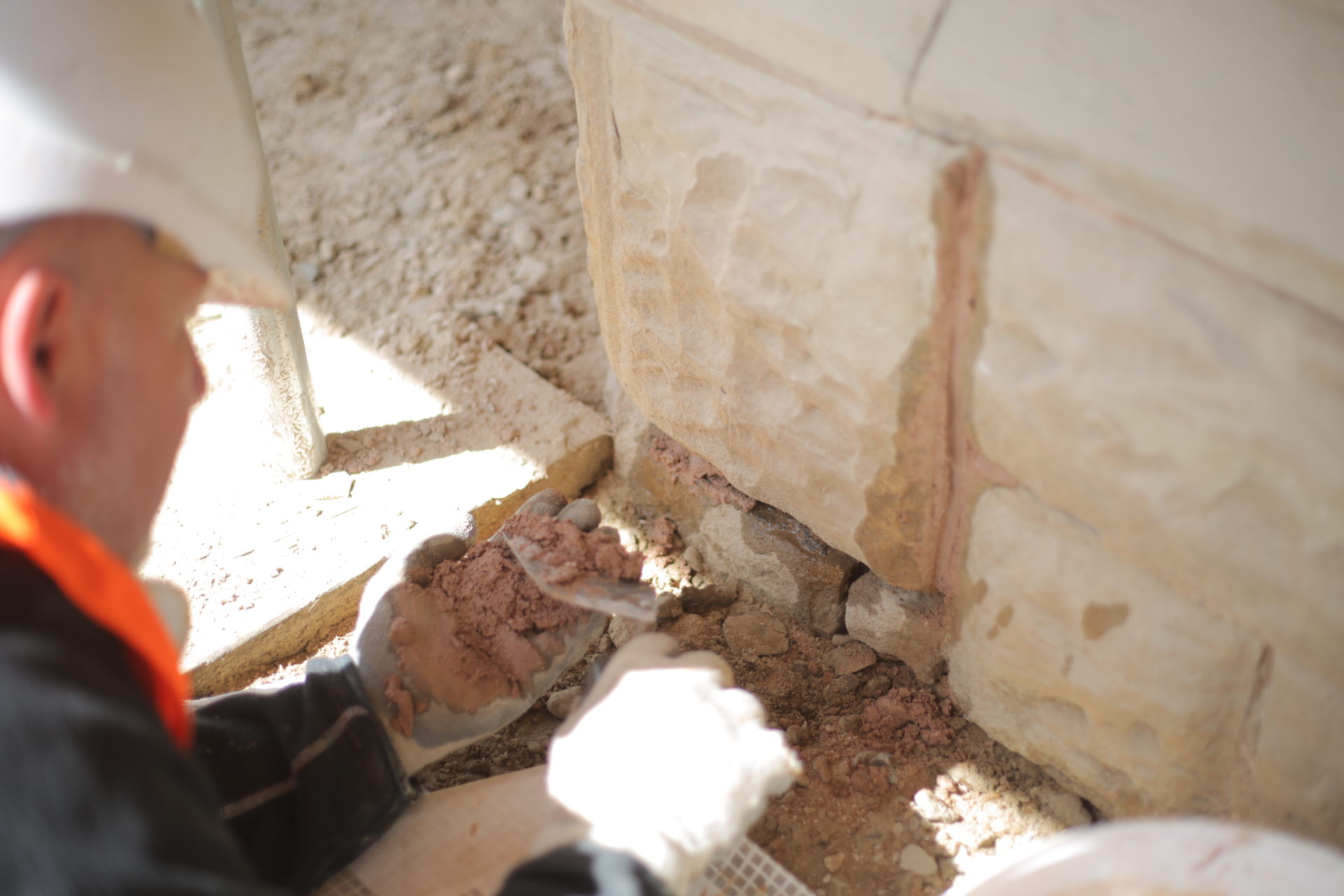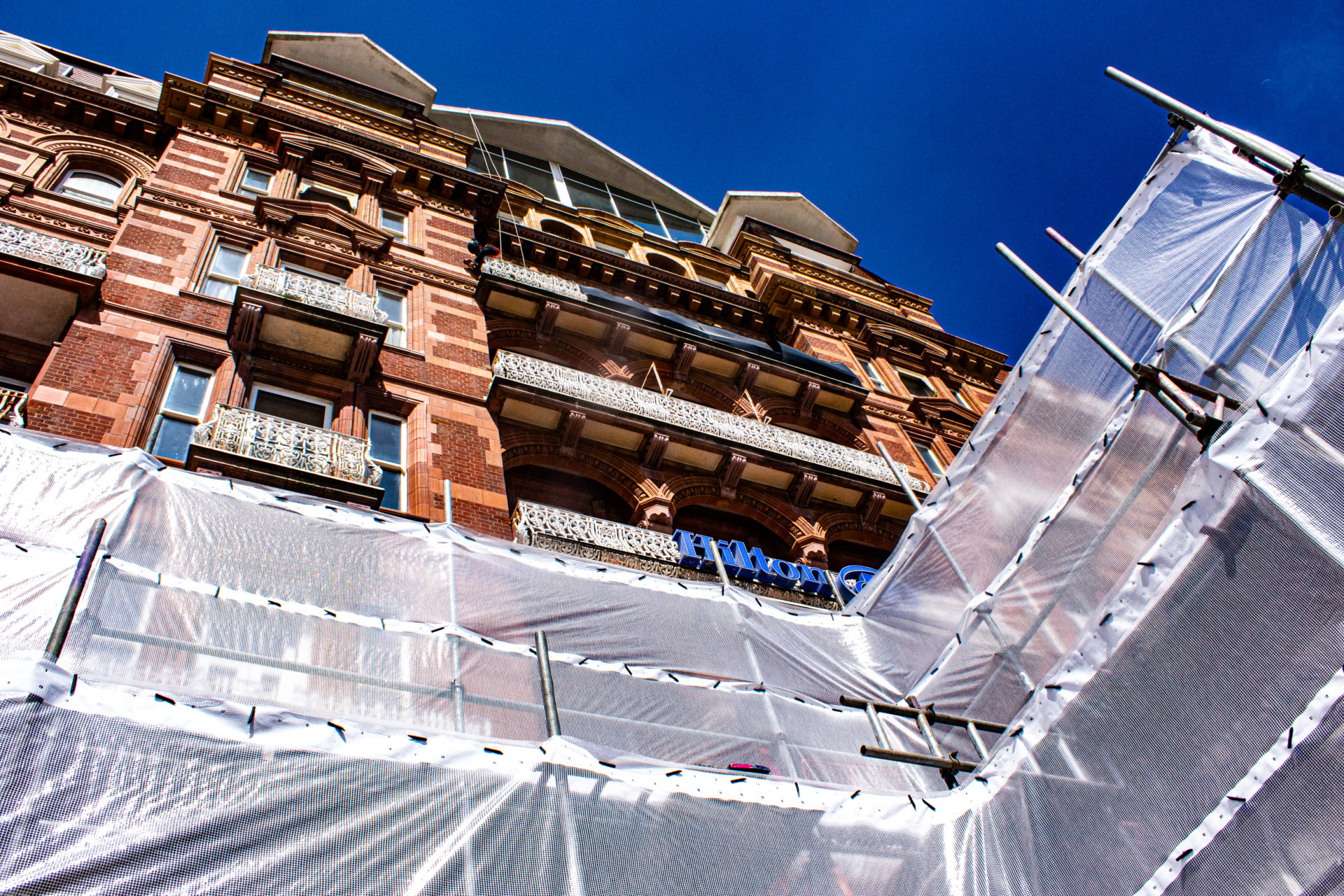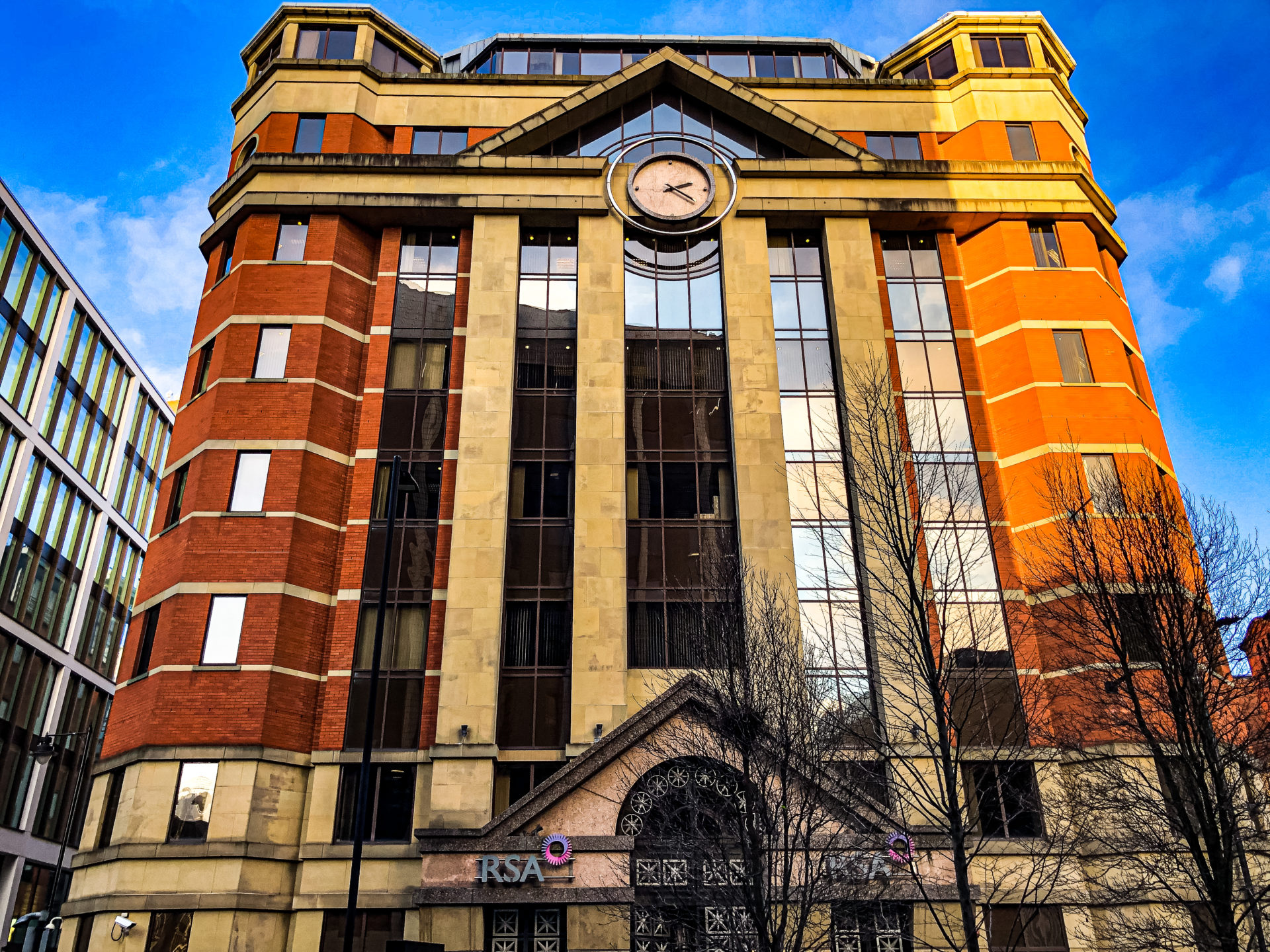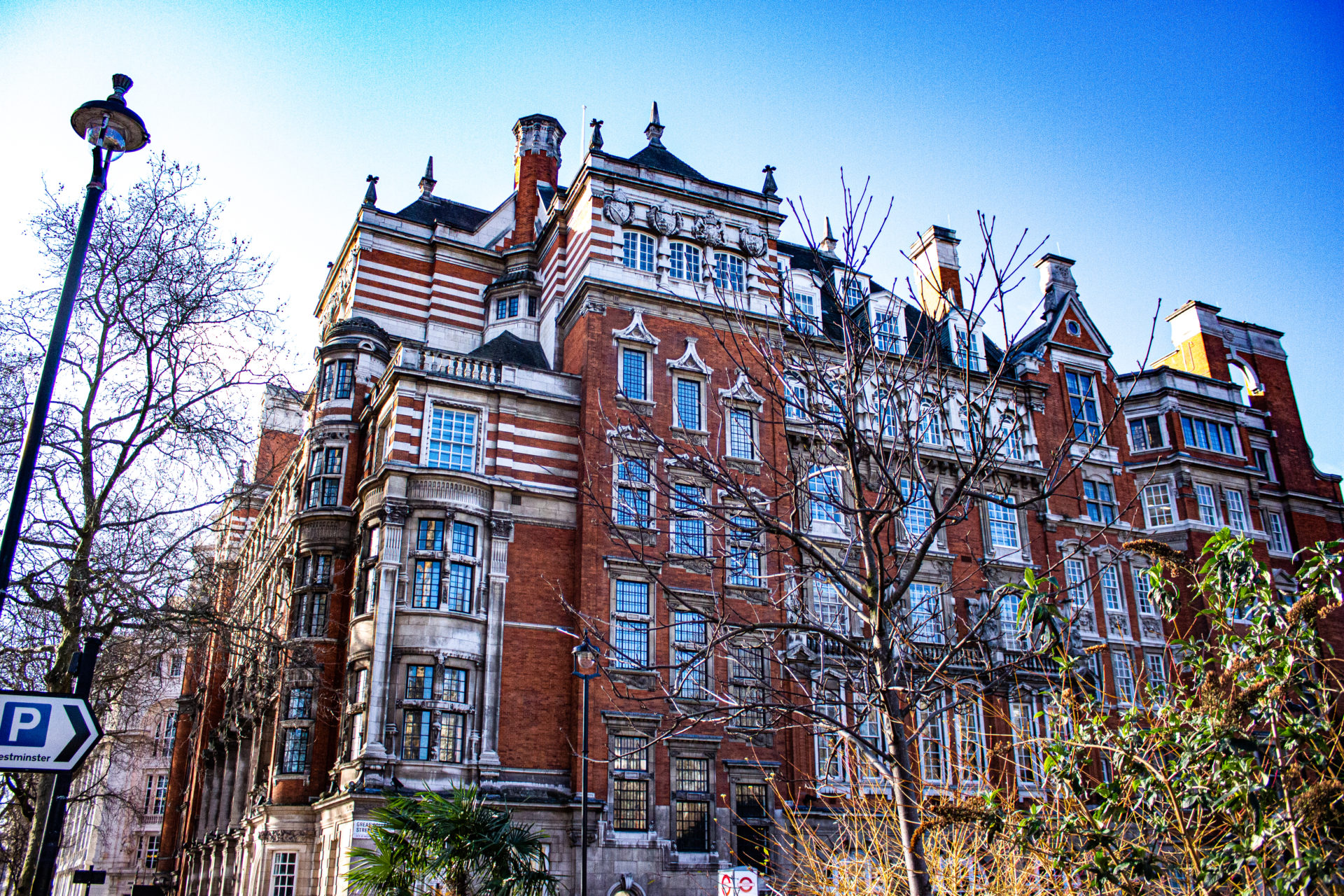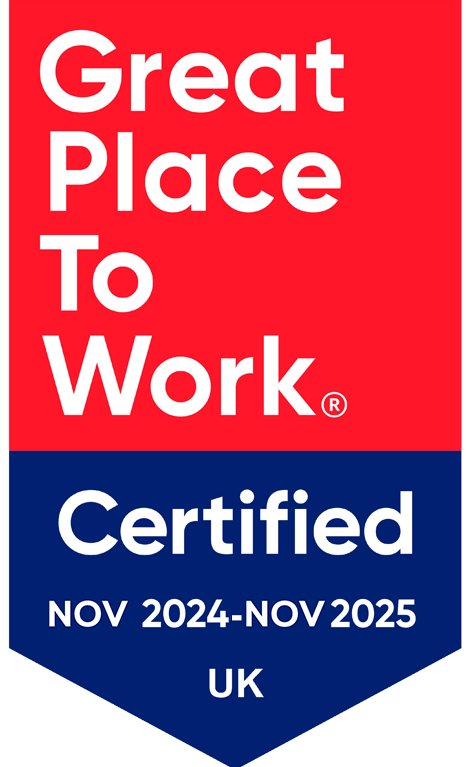Water ingress into a building causes expensive repair bills, damage to the fabric, fixtures, and in drastic cases can lead to material and structural failure. A leak can occur from failures in the waterproof membrane of a roof, in all types of material and style of roof, but are equally likely to occur in the fabric of the upstand elevations.
Environmental factors such as pollution, ultraviolet light, or movement cause materials to degrade and become less resilient.
Irregular maintenance, substandard repairs, and failure to identify the point of ingress all contribute to leaks.
Prevention is better than the cure and identifying potential weakness and ingress points before a leak occurs is the best method to reduce the potential damage occurring. Once water ingress occurs, tracing it back to its source is a time-consuming and difficult process that needs a methodical and thorough approach.
With water dripping onto a floor or damp spreading through the walls the quick approach is to identify what appears to be the obvious repair and quickly carry this out. Once this has failed to rectify the problem then more specialist testing may need to be carried out. Below are some of the more common methods of integrity testing and leak detection.
BOOK YOUR EXPERT COMMERCIAL BUILDING LEAK INVESTIGATION TODAY
Leak detection methods:
Electronic leak detection — Using the electrical resistance of the roof membrane, this method traces mechanical or lap defects in the waterproofing by passing a small current over the membrane and looking for any earth leakage. This earth pathway will only occur where the electricity can find a route to earth, indicating a failure of the resistance in the material being tested or a hole. There are two types of tests, the wet and dry methods. These need a skilled operator to identify the correct test depending on the build-up of the area being tested. Some materials and membranes are not suitable for this type of testing.
Thermographic surveys — Thermographic surveys involve the use of infrared spectrum cameras to detect hot or cold spots on a building, this can indicate trapped water or poor insulation. The use of thermographic cameras needs careful consideration because of weather-related factors, which can all adversely affect the result. The building interior needs a temperature differential of 10c or more than the external temperature and can also be affected by factors such as bright sunlight, rain and wind.
Dec scanning — Another form of electronic testing that needs a nonconductive build up to the roof, this measures the amount of moisture trapped below a waterproof membrane. The machine is calibrated to the build-up and depth of the roof and then passed across the surface, measuring the moisture build-up below. The presence of moisture can indicate a leak and more time should be allocated to a thorough inspection in the area. This method can also be used to build a moisture map of the roof, showing areas of the roof that need stripping before refurbishment and areas that are good to be overlaid. The surface of the roof has to be dry, and the construction of the roof known to ensure the machine will produce an accurate result.
Summary
The wide range of leak detection methods available means that careful consideration must be taken before any leak investigation commences.
While the type of roof buildup must be taken into consideration, and the specific detection method are important, it is also crucial to consider access requirements and safety- especially when working at heights. When carrying out a leak investigation, consideration must be given to specialist access requirements such as abseiling or Mobile Elevating Work Platforms (MEWPs).
All investigations into water ingress require a methodical approach and may require several different types of testing.
We specialise in surveying, repairing, and maintaining tall, difficult-to-access commercial buildings and structures, façades, roofs, glazing and atriums.

